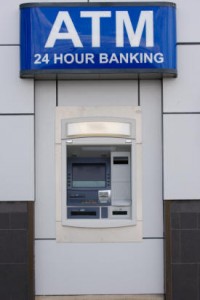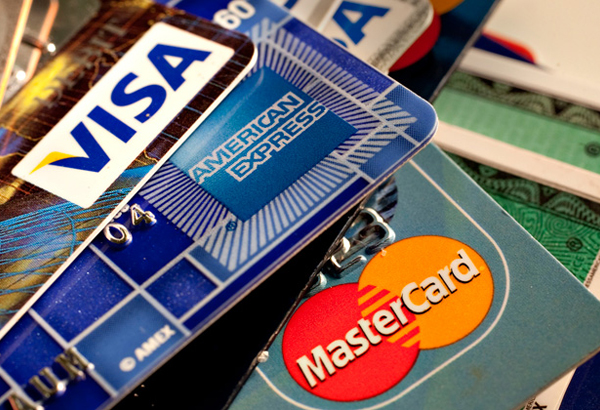 The U.S. credit card industry is making a transition from traditional magnetic stripe credit and debit cards to cards with computer microchips in them. You can do the same things with “chip”
The U.S. credit card industry is making a transition from traditional magnetic stripe credit and debit cards to cards with computer microchips in them. You can do the same things with “chip”
cards—from making purchases to getting cash at an ATM—but using them is a lot safer.
Here’s what you need to know about the new “smartcards” in your wallet, according to the Consumer Action Organizaton.
The organization states that new credit and debit cards have the magnetic stripe and an embedded computer chip. (If your card has a chip, you’ll see a small shiny metallic square on the front, above the first four digits of the account number.)
Each time you use a chip card at a merchant, the chip generates a unique transaction code needed for approval. The code is good only for that transaction. Because the security code is “dynamic” (always changing), it is much more difficult for someone to steal and use it, Consumer Action states.
Even if there were a merchant data breach or a theft of the chip information, a fraudster could not use that transaction code again, and the stolen data would be useless for counterfeit fraud. This is just one of the ways chip cards help to greatly reduce losses from credit card fraud, Consumer Action states.
According to Consumer Organization, chip technology also provides a foundation for innovations such as mobile payments. The chip that makes NFC (near field communication) transactions possible and secure is the same technology used in chip cards.
Transition schedule
Some cardholders have already received a chip card. Many others can expect to receive replacements in their mailboxes by the end of 2015. And most others are expected to have them by the end of 2016.
If you want to know when your new chip card will arrive, contact your card issuer at the number on your card.
For more information click here: Consumer Action Organization

